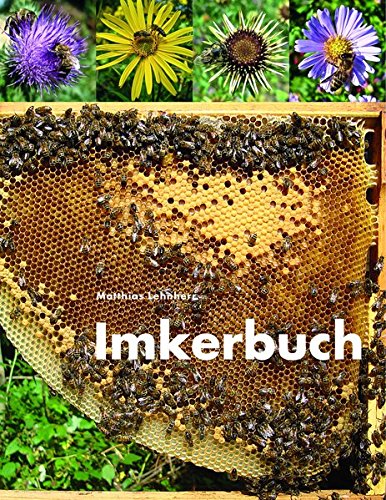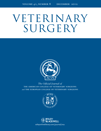The Effect of Short- and Long-Term Treatment with Manuka
Honey on Second Intention Healing of Contaminated and Noncontaminated Wounds on
the Distal Aspect of the Forelimbs in Horses
OBJECTIVES:
To compare the effects of manuka honey and manuka honey gel
on second intention healing of noncontaminated distal limb wounds and those
contaminated with feces.
STUDY DESIGN:
Experimental study.
ANIMALS:
Standardbred horses (n = 10).
METHODS:
Five full-thickness wounds (2 × 2 cm) were created on both
metacarpi. Wounds on 1 forelimb were covered with horse feces for 24 hours.
Wounds on the contralateral limb were left uncontaminated. Wounds were assigned
to the following 5 different treatments: manuka honey, manuka honey gel or gel
applied for 12 days, manuka honey gel applied throughout healing and untreated
control. Wound area was measured on day 1 then weekly until day 42 and time to
complete healing was recorded.
RESULTS:
Wounds treated with manuka honey gel throughout healing
healed faster than all other wounds (P < .05). Wounds treated with manuka
honey and manuka honey gel for 12 days healed faster than gel control and
untreated control wounds (P < .05). Wounds treated with manuka honey and
manuka honey gel for 12 days and throughout healing were smaller than gel
control and untreated control wounds until day 35 (P < .05). Wounds
contaminated with feces had greater retraction for 7 days, but healed faster
than noncontaminated wounds (P < .05).
CONCLUSIONS:
Treatment of wounds with manuka honey and manuka honey gel
reduced wound retraction and overall healing time compared with gel and
untreated control wounds.
 Lehnherr, Mathias (8. Aufl. 2017) [1992]: Imkerbuch
Lehnherr, Mathias (8. Aufl. 2017) [1992]: Imkerbuch



